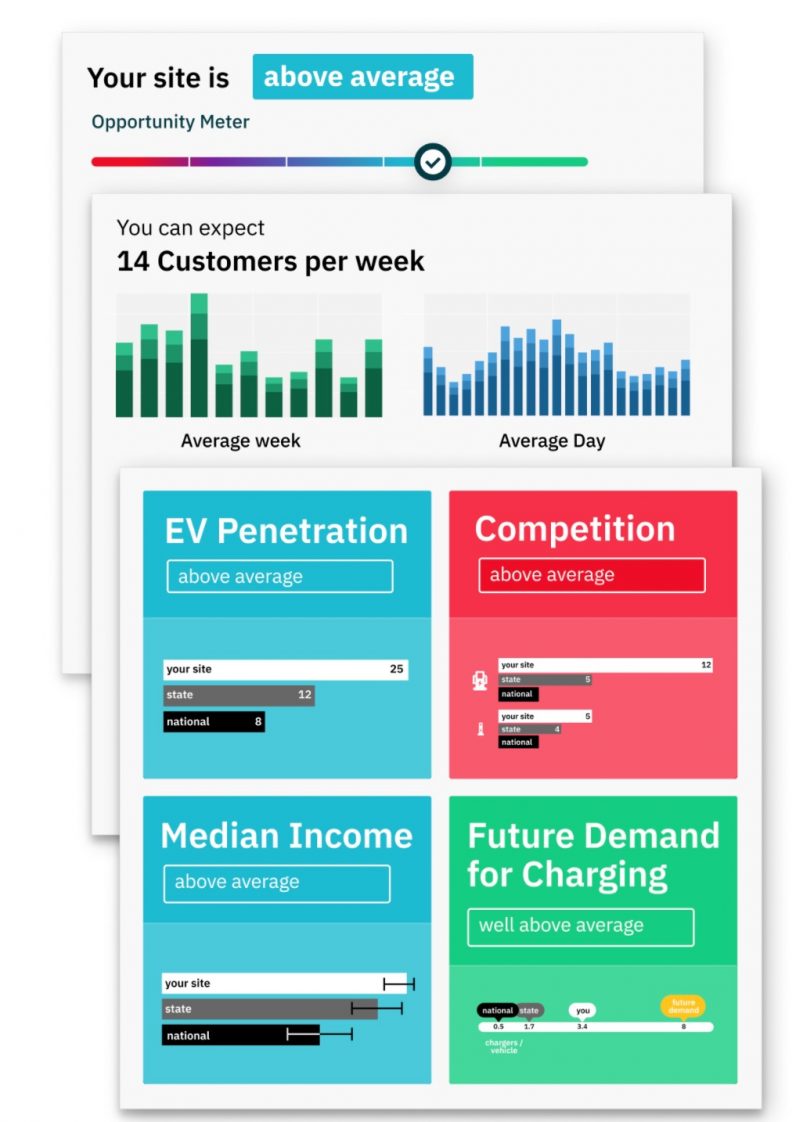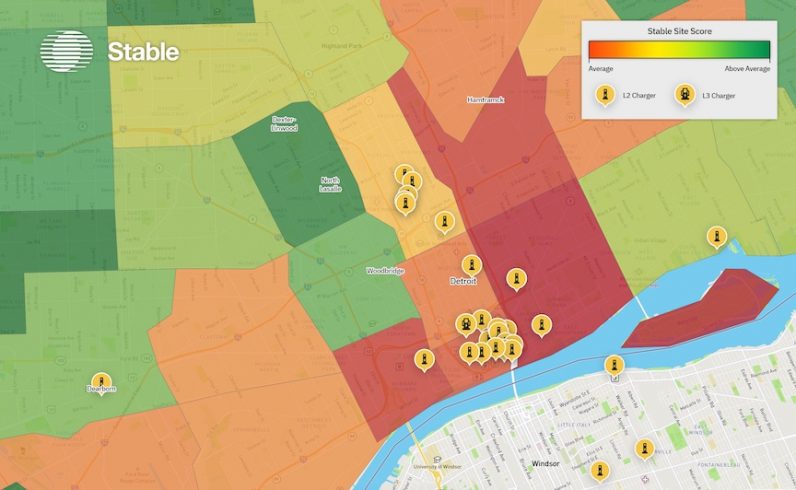I recently met with Rohan Puri, CEO and co-founder of Stable Auto, a company that uses data science and location intelligence to determine the best site for EV chargers. Based on data from thousands of points, the reality is most chargers are used less than 10% of the time, and very few over 20%. Particularly problematic are fast chargers. Puri explained: But an EV charging company needs at least 15% usage to break even. And traditionally, chargers are placed in the areas cheapest and easiest to get a permit. These are not always the most profitable locations.
Effective placement increases usage and profits
The company has developed a proprietary machine learning model to predict and categorize site utilization to a high degree of accuracy. It uses 70 different data points, including income levels, time of day traffic, nearby amenities, local competition, the number and speed of current EV chargers in the area, and the growth of EV adoption. Stable Auto is currently working with major utility providers, charging networks, sites, and operators across the US. It allows them to gauge new locations against millions of charging events, test real build-out scenarios, understand potential trade-offs, and bolster their business case with a higher score. This data is also relevant to the government, investors and banks that underwrite and fund EV charging infrastructure.
An opportunity to incentivize EV charging in low-income areas
The statistics also create a means to introduce equity charging to incentivize lower costs or subsidized chargers in places where use is traditionally low. Stable Auto used its Site Score product to analyze public charging station placement. Purl noted that most EV charger placements serve and prioritize high-income areas. So, the ability to show where there are opportunities to increase equitable access and foster EV adoption is a valuable way to support EV adoption. EVs are set to become mainstream in the next couple of decades. Public charging will never be as simple as that enjoyed by those charging at home. But Stable is helping make it a lot easier.


